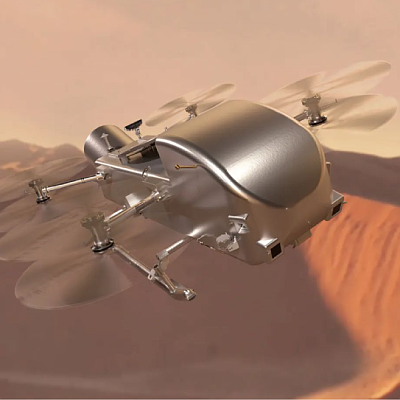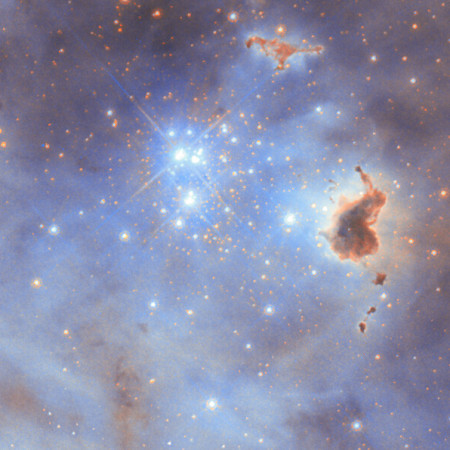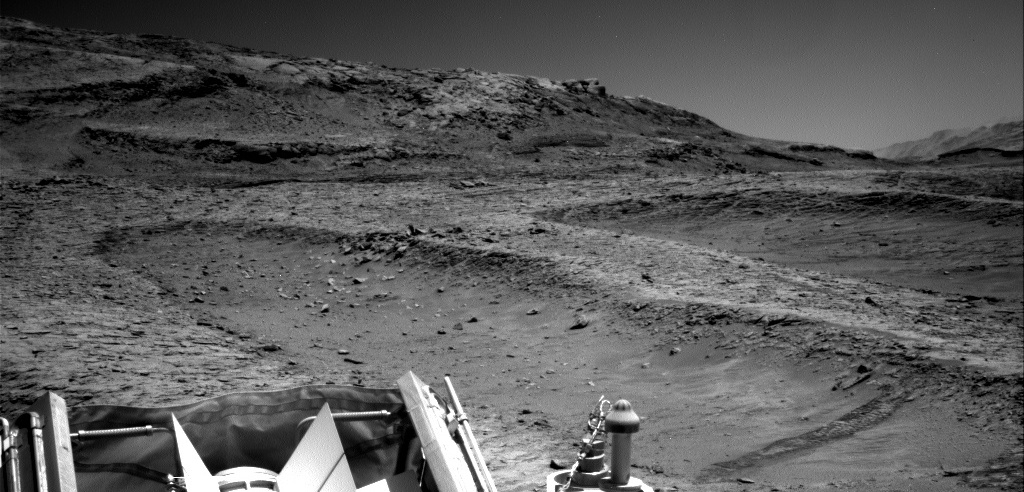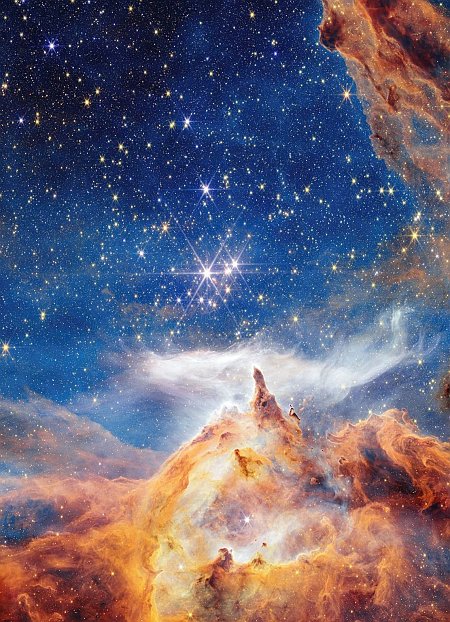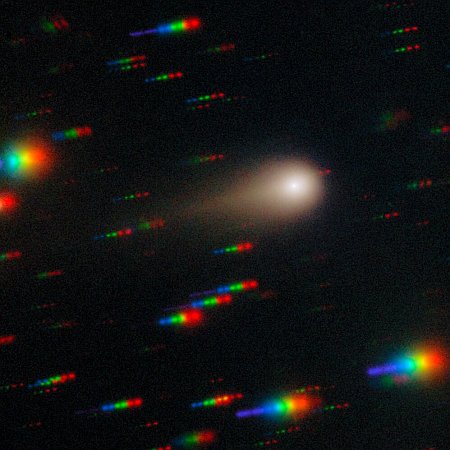Croatian startup moves up the launch date for two subscale returnable capsules
The Croatian startup Genesis Space Flight Laboratories (Genesis SFL) has now accelerated the development of its orbital returnable capsule for manufacturing in space, moving up the launch date for its first two subscale demonstrator capsules from 2027 to 2026.
Initially planned for 2027, the missions were moved forward after Genesis SFL announced on 9 September that it had secured earlier slots with an as-yet-undisclosed launch provider.
Speaking to European Spaceflight, Genesis SFL CEO Bence Mátyás explained that the company’s GEN-1 and GEN-2 demonstrators will likely be the smallest reentry capsules ever flown, comparable in size to picosatellites. Despite their diminutive size, the capsules will be capable of remaining in orbit for approximately six months before performing reentry procedures, a capability made possible by the use of a host satellite [essentially the service module] also under development by the company. Once on a reentry trajectory, the capsule will separate from its host satellite and deploy a mini-parachute and antenna to enable recovery following a splashdown.
If these demonstrators succeed, the company plans to scale up later GEN capsules step-by-step, eventually matching and even exceeding those of companies like Varda.
The returnable capsule industry appears at the moment to be bursting with new companies. In the U.S. we have Varda, Inversion Space, Sierra Space, and even SpaceX using Starship. In Europe — in addition to Genesis in Croatia, we have The Exploration Company in France, Atmos in Germany, PLD in Spain, and Space Cargo in Luxembourg. And I am certain there are others that I am missing.
Very clearly the investment community sees big profits in using orbital capsules to manufacture products for later sale on Earth.
The Croatian startup Genesis Space Flight Laboratories (Genesis SFL) has now accelerated the development of its orbital returnable capsule for manufacturing in space, moving up the launch date for its first two subscale demonstrator capsules from 2027 to 2026.
Initially planned for 2027, the missions were moved forward after Genesis SFL announced on 9 September that it had secured earlier slots with an as-yet-undisclosed launch provider.
Speaking to European Spaceflight, Genesis SFL CEO Bence Mátyás explained that the company’s GEN-1 and GEN-2 demonstrators will likely be the smallest reentry capsules ever flown, comparable in size to picosatellites. Despite their diminutive size, the capsules will be capable of remaining in orbit for approximately six months before performing reentry procedures, a capability made possible by the use of a host satellite [essentially the service module] also under development by the company. Once on a reentry trajectory, the capsule will separate from its host satellite and deploy a mini-parachute and antenna to enable recovery following a splashdown.
If these demonstrators succeed, the company plans to scale up later GEN capsules step-by-step, eventually matching and even exceeding those of companies like Varda.
The returnable capsule industry appears at the moment to be bursting with new companies. In the U.S. we have Varda, Inversion Space, Sierra Space, and even SpaceX using Starship. In Europe — in addition to Genesis in Croatia, we have The Exploration Company in France, Atmos in Germany, PLD in Spain, and Space Cargo in Luxembourg. And I am certain there are others that I am missing.
Very clearly the investment community sees big profits in using orbital capsules to manufacture products for later sale on Earth.







